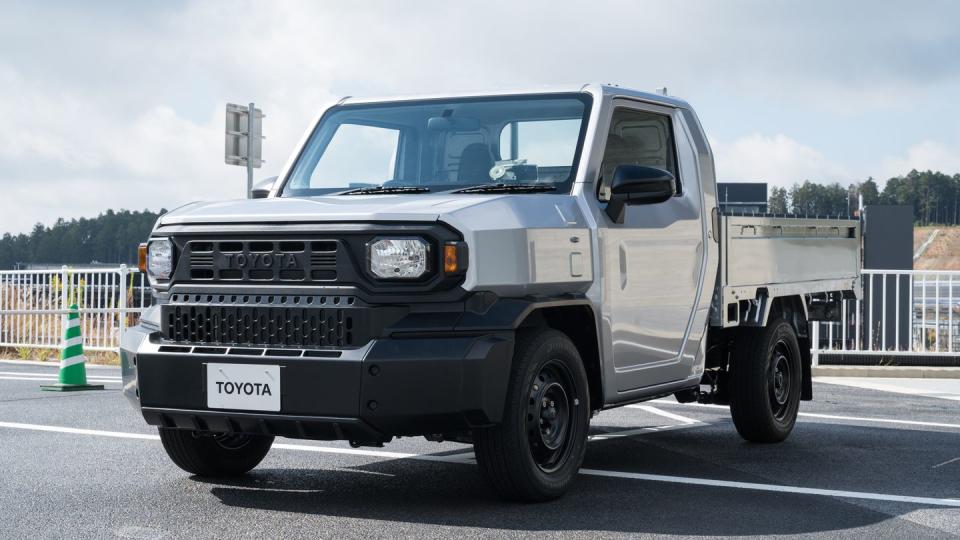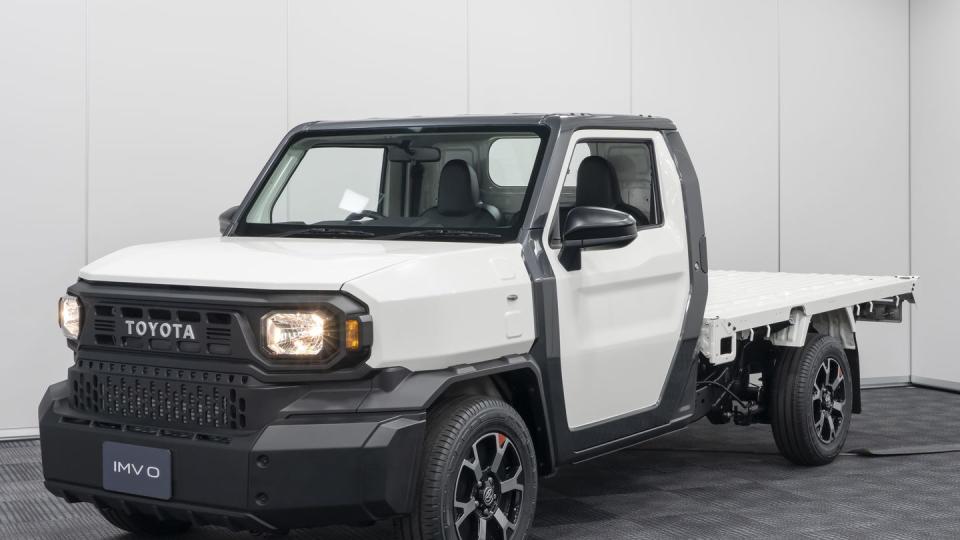Toyota’s $10,000 Future Pickup Truck Is Basic Transportation Perfection

No screens, no radio. Heck, it doesn’t even have a tachometer. The Toyota IMV 0 is like other modern cars in that it doesn’t have many switches on the interior, but in this case, it’s because there’s almost nothing to turn on and off. Based on the same platform as the Hilux, Toyota’s global market pickup, the IMV 0 starts as a blank template of four wheels, flatbed, and two-door cab. Of course, if you want to add some amenities, Toyota will be glad to add them on, and it’s likely that, like the Hilux, fancier models will be available depending on where it's sold. But let’s take a moment to appreciate the bare necessities.

The IMV 0 was developed in Thailand, a country so mad for pickups that they make up almost half of new vehicle sales. Toyota sold 145,435 Hilux copies there in 2022, or about 17% of the total market (and it was second place behind the Isuzu D-Max). This plus Thailand’s proximity to the Japanese mothership and other Southeast Asian markets makes it a hub for truck development. The IMV 0, which will likely be called the Hilux Champ (in the Phillipines, it was introduced as the Tamaraw Concept.)
Most recently Toyota brought the truck to the Japan Mobility Show to showcase its versatility, envisioning modular units attached to the back that can transform the IMV 0 into a mobile coffee shop, DJ booth, or overlanding RV. Following the show we had a chance to see the IMV 0 up close at Toyota’s Shimoyama Tech Center in Japan. IMV stands for Innovative International Multi-Purpose Vehicle, and it’s no coincidence that it’s the same as the platform name for the Hilux and related vehicles since 2004.

Compared to the features of the Corolla sedan, Toyota’s entry-level model in the United States, the IMV 0 is in an entirely different universe. Forget LED headlights, power windows and door locks, or standard adaptive cruise control. The IMV 0 doesn’t even have any trim on the A-pillar. The instrument cluster dial that would normally show engine RPM is just a big blank circle. It doesn’t even have a shift light. Then again, the 2024 Corolla starts at $22,995. The IMV 0/Hilux Champ will be the equivalent of about $10,000 when it launches in Thailand.

 Yahoo Autos
Yahoo Autos 